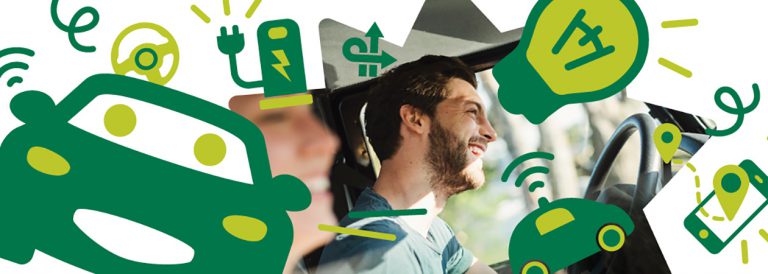Ever strong regulation


A not only economic pressure
This is the era of security, risk prevention and greater societal consciousness. Despite the progress made in terms of safety and the drop in traffic-related deaths, tolerance for the human cost of road accidents continues to decrease. In a society constantly seeking to free up more time for leisure/pleasure and work/productivity, people are increasingly struggling to accept congestion and the many hours wasted in traffic. More important still, growing awareness of climate change and air pollution at a local level has led the finger to be pointed at cars and their internal combustion engines as the main source of harmful emissions in cities.
The dilemma facing governments
The powers that be are therefore confronted with a difficult choice. In many countries, it is impossible to ignore the economic importance of a sector that employs thousands. Hence the state investment programmes, subsidies, scrappage schemes and tax breaks brought in whenever the car industry finds itself in difficulty.
However, other pressing issues such as climate change can no longer be ignored. Thus, it is often at local level that measures are applied to reduce the use of cars and undermine their importance.
Cities opting out
More and more major cities in China are placing limits on new car sales by setting quotas. Shanghai, a pioneer in this area, introduced its first measures twenty years ago. Today, 100,000 licence plates are auctioned off each year. Prices can climb to such an extent that they become dissuasive. In Beijing, just 150,000 plates are granted per year through a lottery system. One of the few ways of avoiding the exorbitant cost of going through an auction is to purchase an electric vehicle, whose development the central government is keen to promote. In Tokyo, you cannot buy a car if you do not have a parking space.
With Low Emission Zones now cropping up in most major European and Chinese cities, users of older diesel vehicles have becoming the primary target. Paris is one metropolis that has pinpointed these vehicles and the French capital aims to ban their use on its roads by 2020. Such zones are appearing in an increasing number of cities, with local authorities generally announcing a toughening of the standards to be met.
Another way of limiting congestion is through alternate traffic schemes. In China and Brazil, these are implemented according to the day of the week or at peak times, based on licence plate numbers. Although these measures can be circumvented, given the difficulty involved in policing them, they nonetheless impinge upon an individual’s freedom to travel by car, a principle that motorists hold dear.
Urban tolls such as those installed in London, Milan and perhaps one day Beijing and San Francisco, are geared towards regulating traffic while generating funds to maintain the infrastructures. These place additional constraints on consumer budgets, as do urban expressways. The latter can be found in Tokyo and in several North American cities. Cars with fewer than two or three occupants are charged to use these roads.
New mobility solutions: a new threat?
New services promising more sustainable and more responsible mobility have altered the automotive landscape in recent times. Ride sharing, P2P car rental and car sharing are winning over hearts and minds when it comes to urban and interurban mobility.
BlaBlaCar, the world’s largest long-distance ride-sharing community, boasts 25 million users in 22 countries and 3 continents (Europe, South America and Asia). In China, leading ride-sharing websites Dida, Tiantian and 51ridesharing have a combined total of 36 million registered users. A number of existing companies, most of which operate at a national level, have now branched out into P2P car rental services. The car-sharing market is therefore attracting both new entrants and traditional players, including rental companies and car makers.
In Europe, according to BIPE’s Observatoire des Mobilités et des Arbitrages Automobiles, usage rates more than doubled between 2013 and 2015, jumping from 4% to 10% of individuals aged 18 or over. Over the same period, the number of registered users increased eightfold in China and the number of cities offering car-sharing services quadrupled in all the emerging countries (China, Brazil, Mexico, South Africa and Turkey).
The long-term impact these new practices will have on car sales remains unclear.
Consumer testimonies
« Everyone is always speaking out about pollution from cars, while India continues to extract coal from open-cast mines. And in France all we hear is how harmful internal combustion engines are. »
